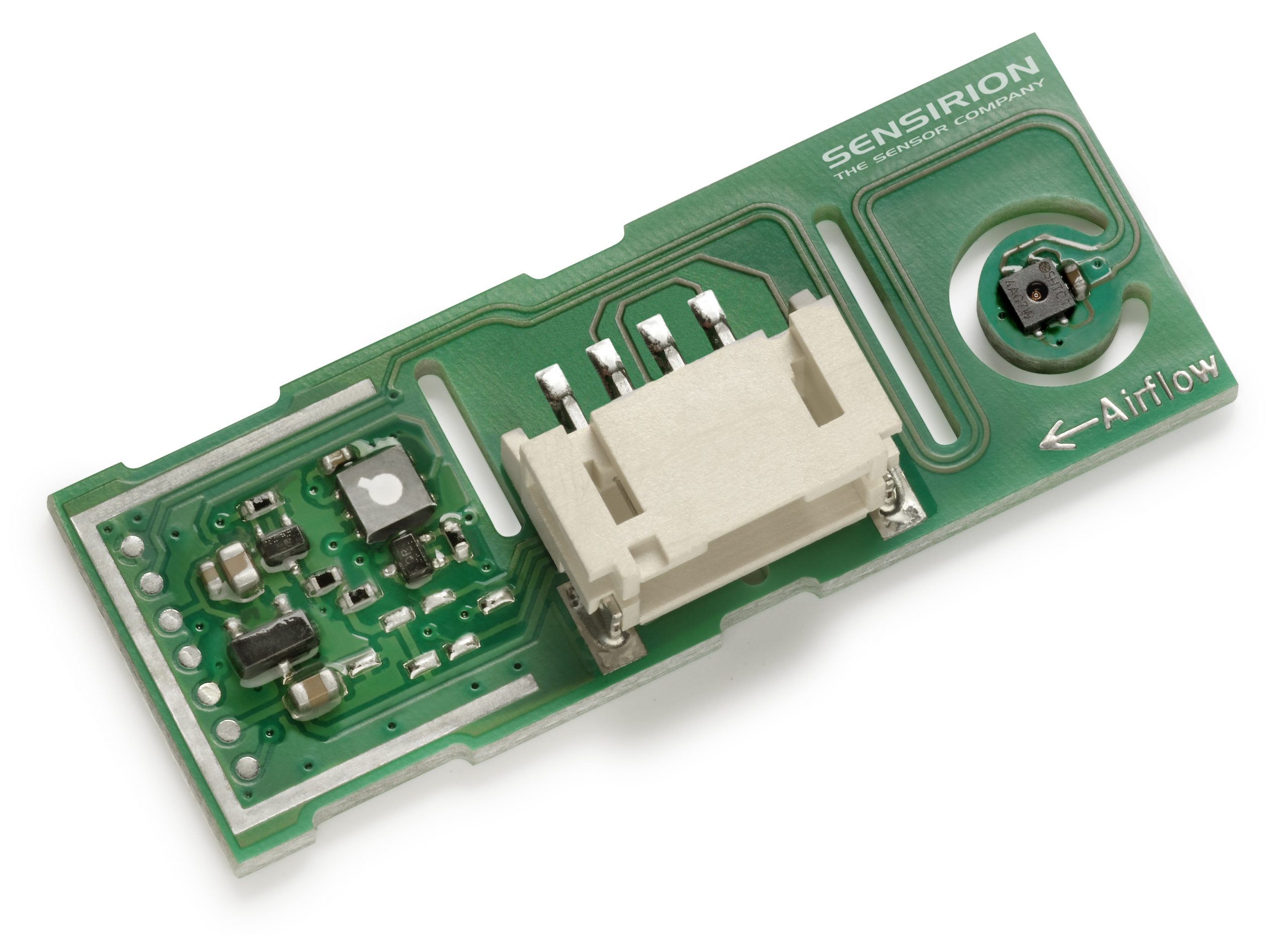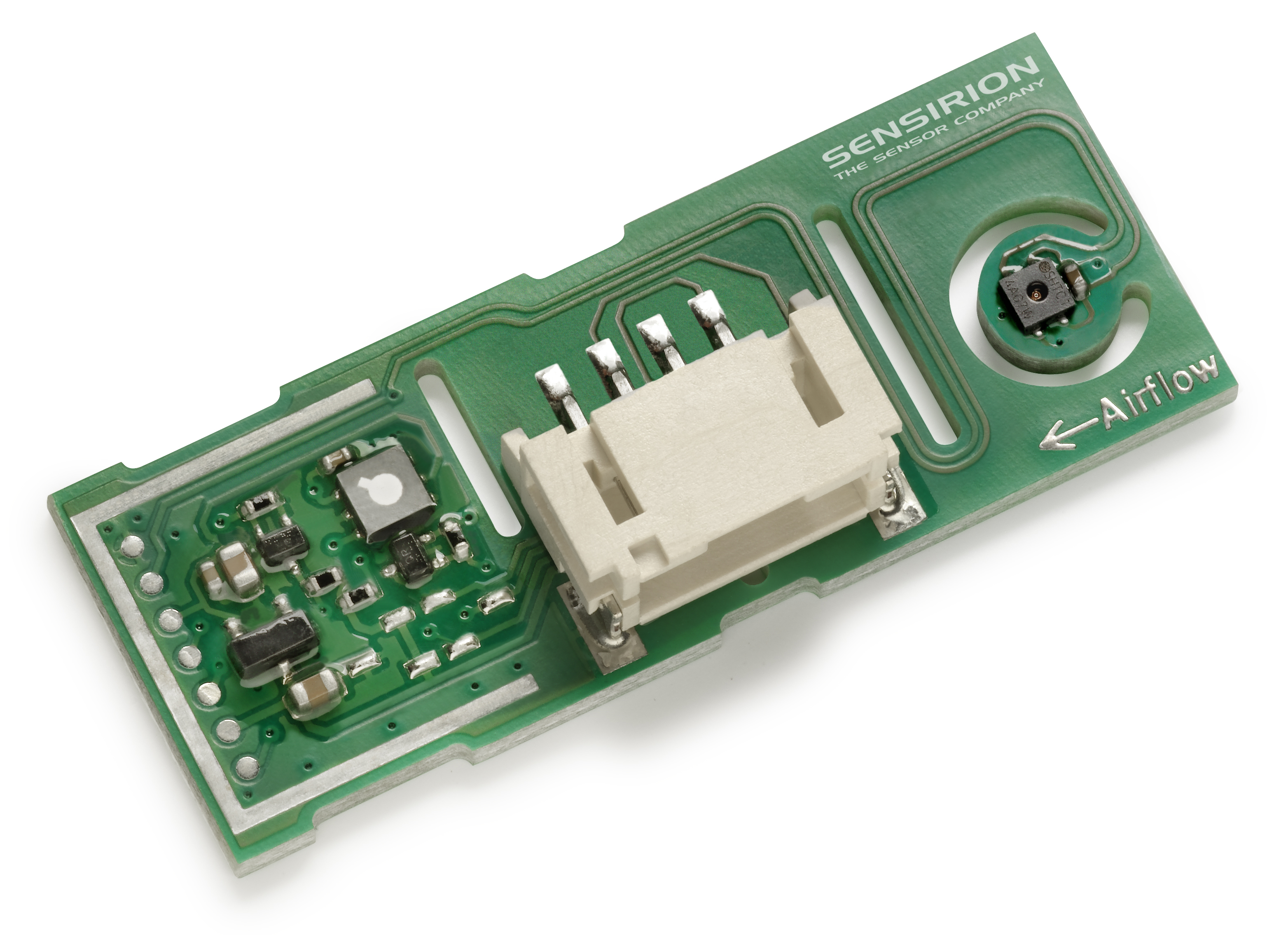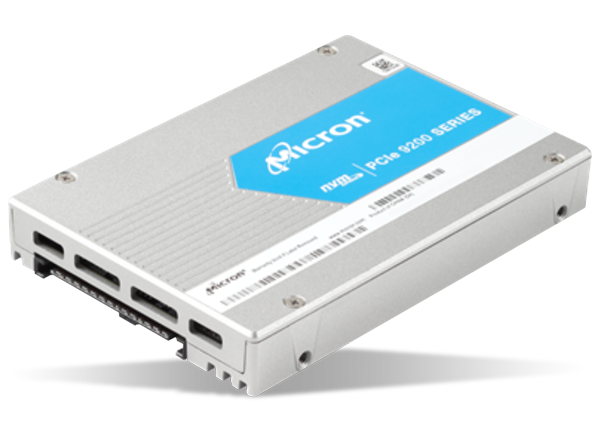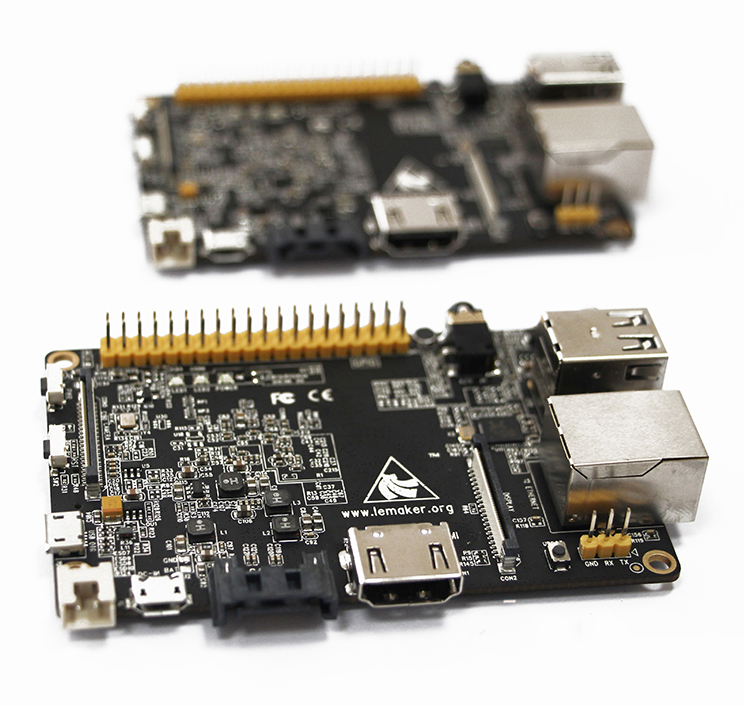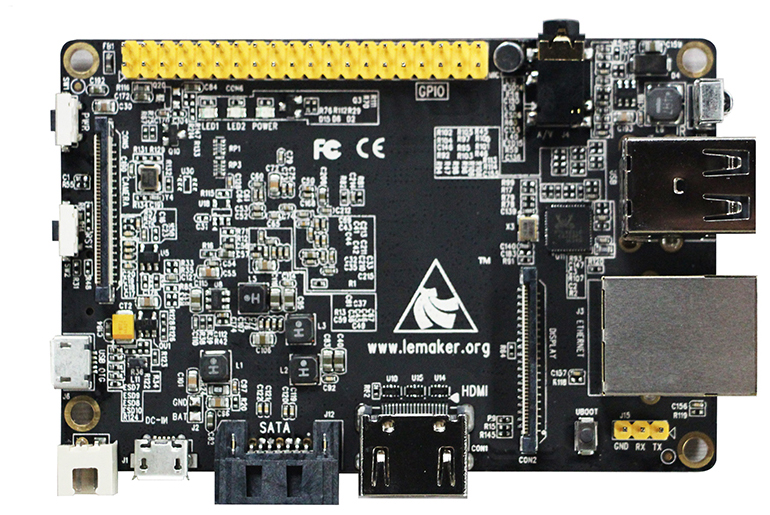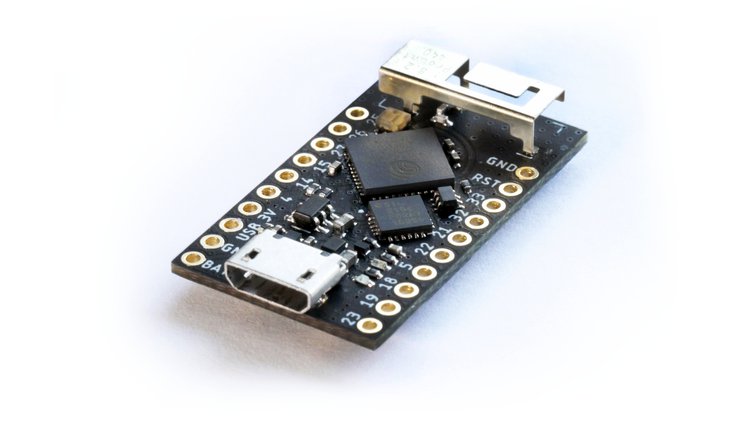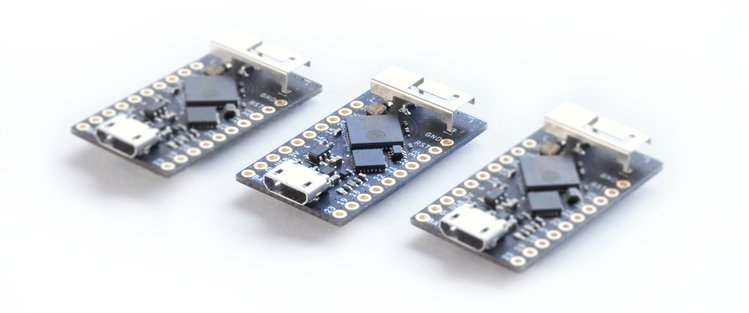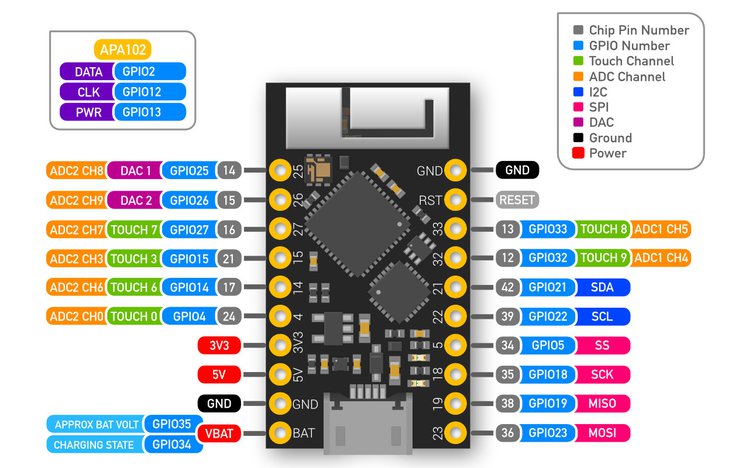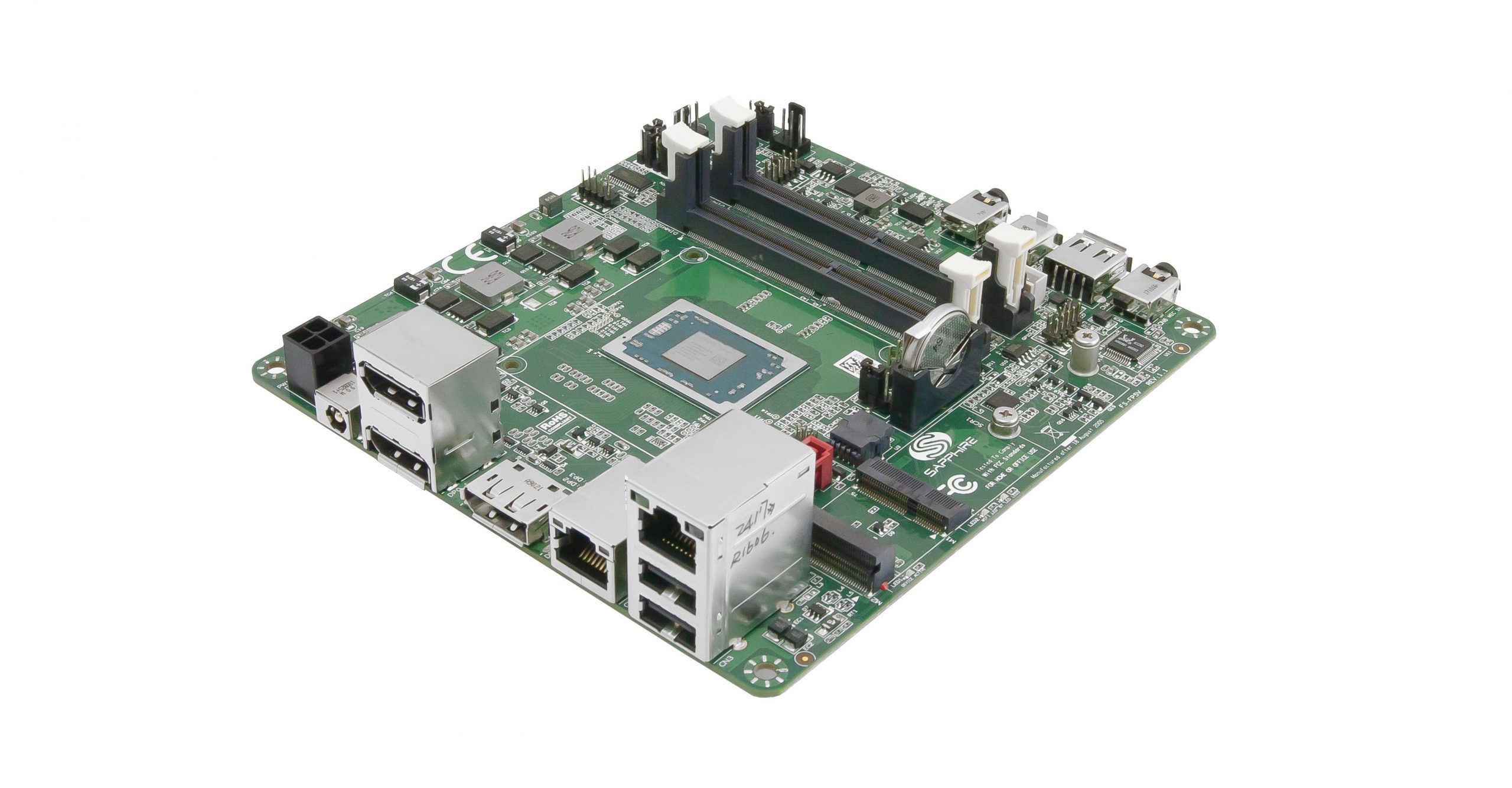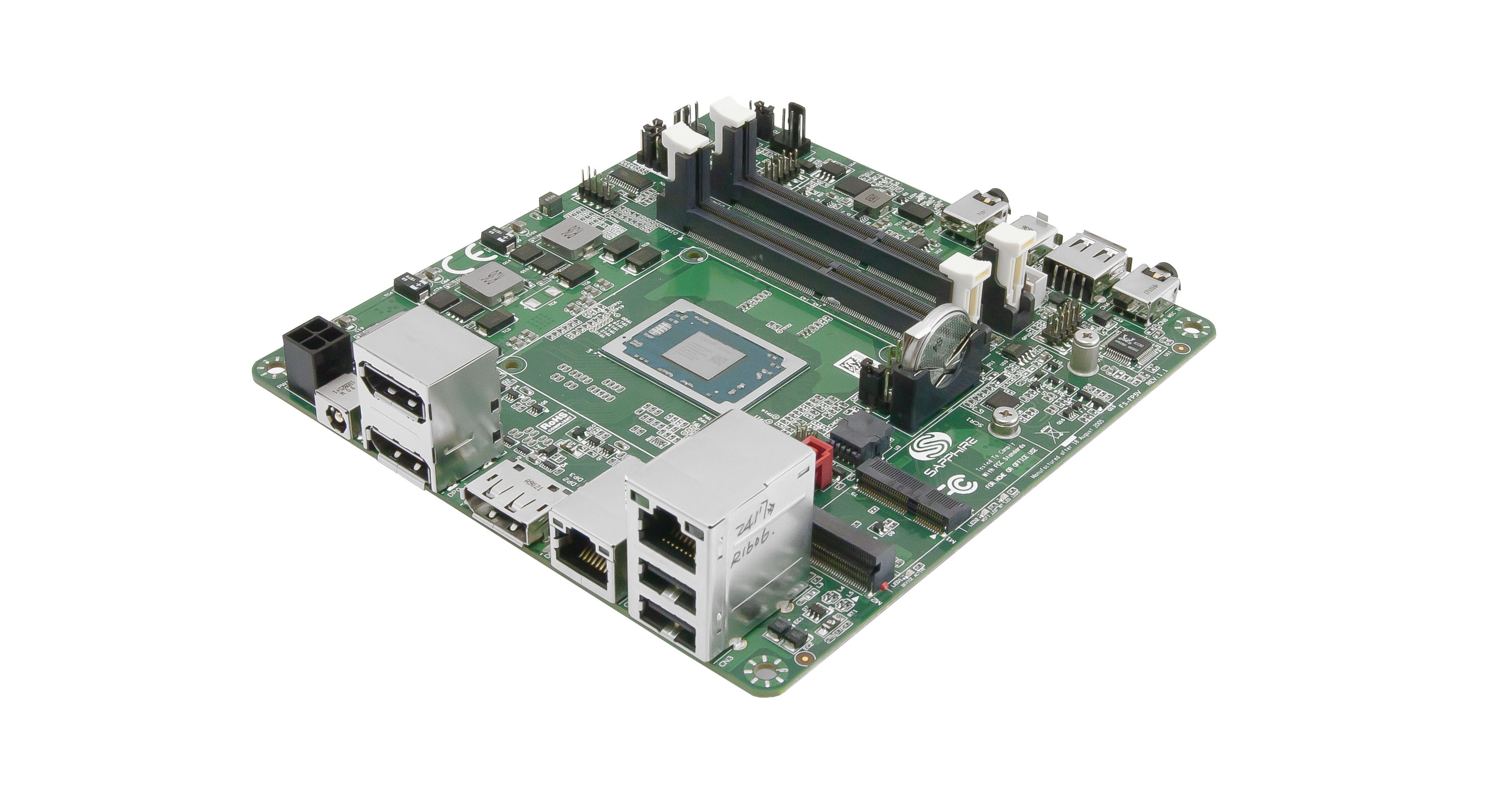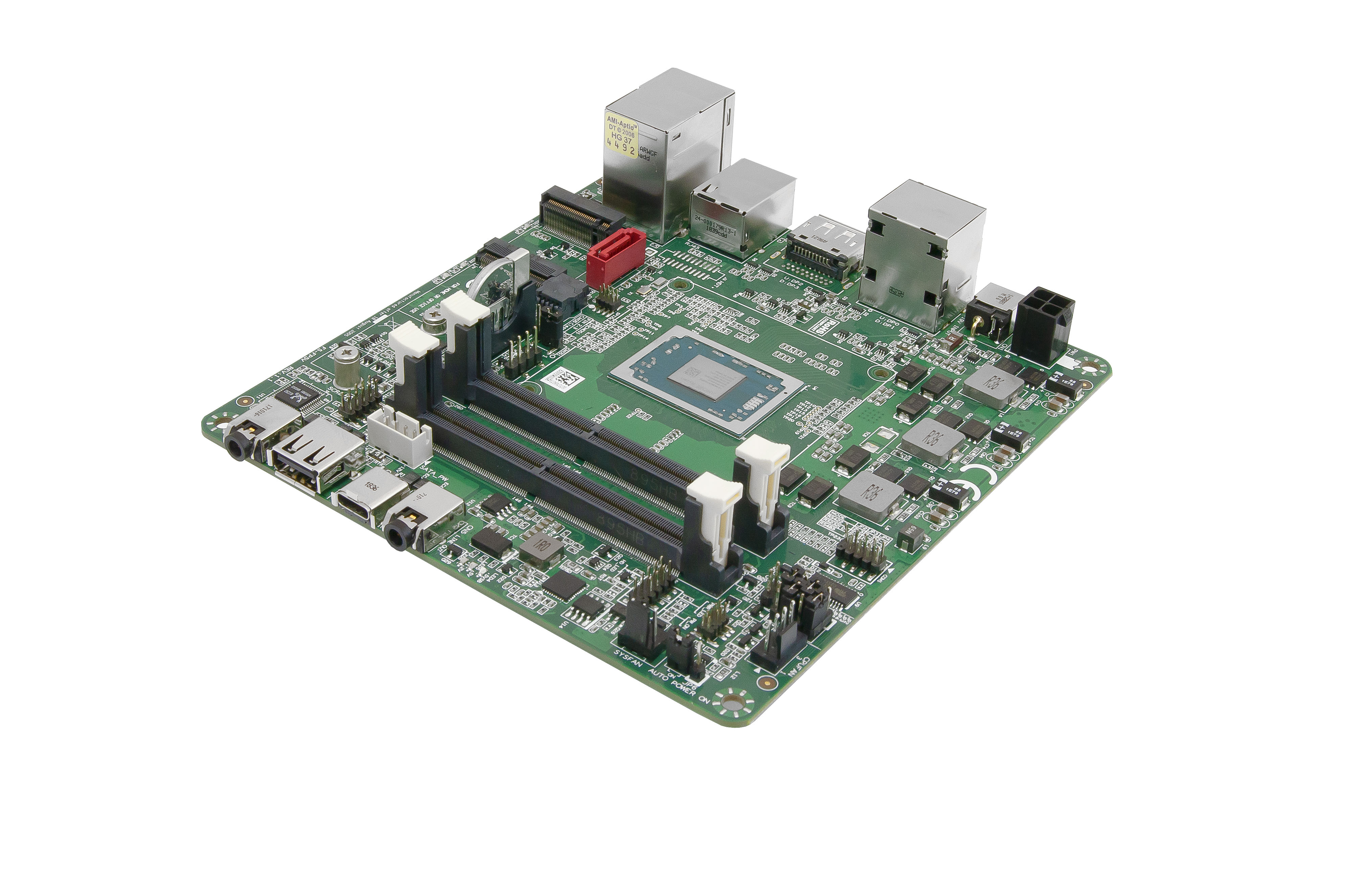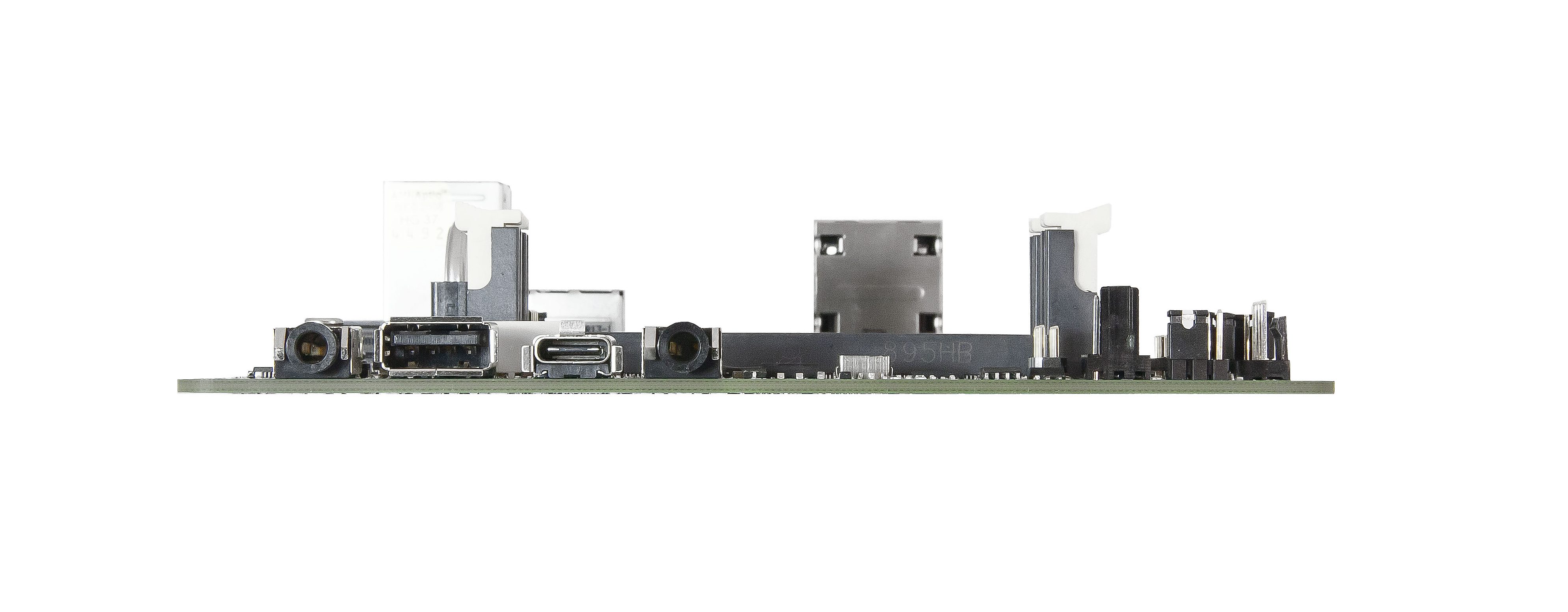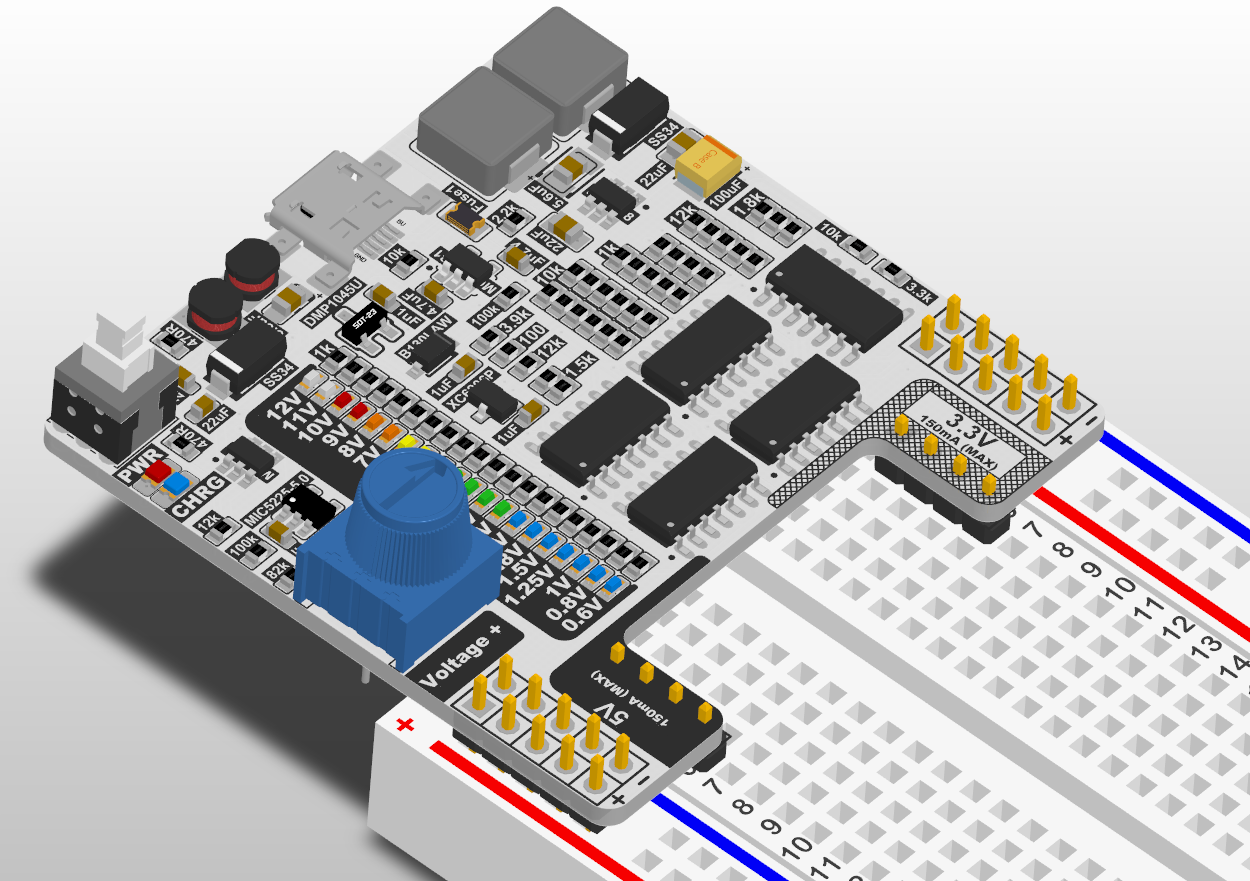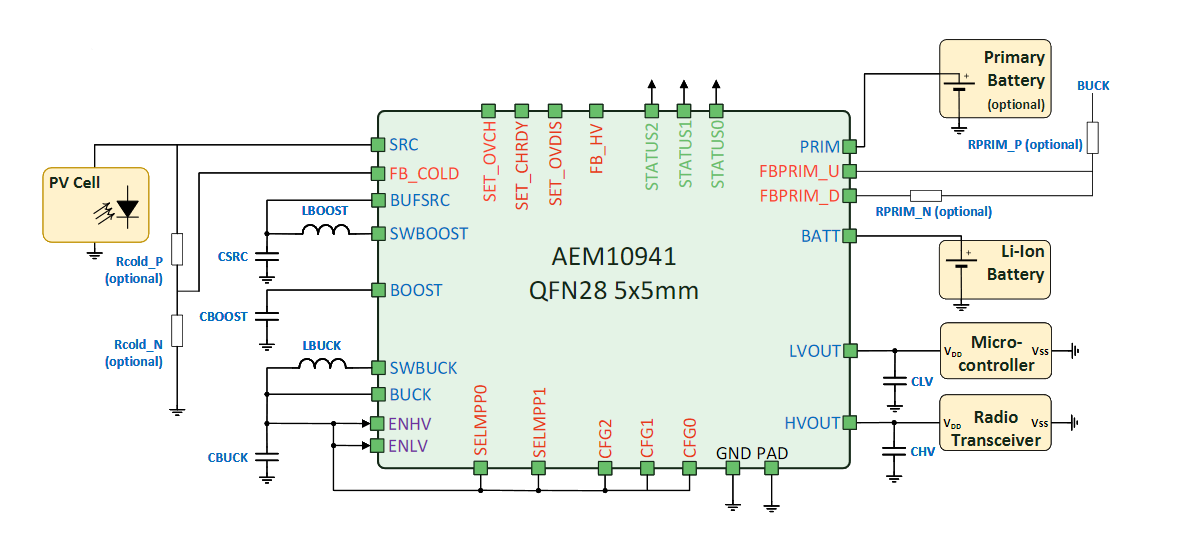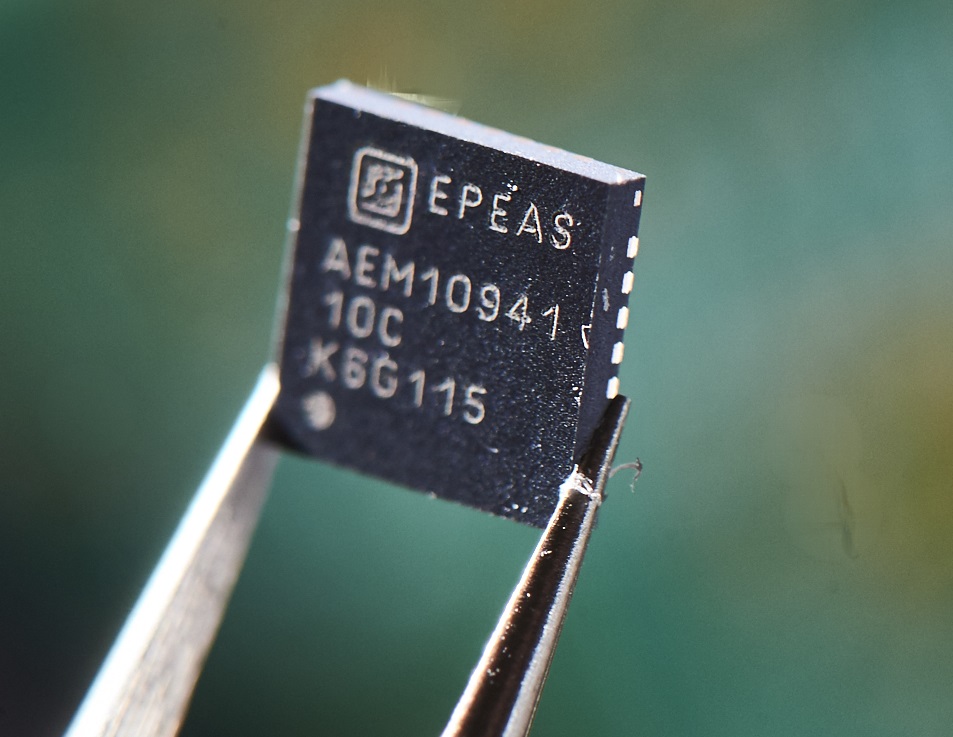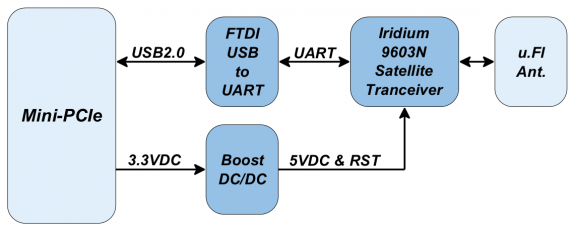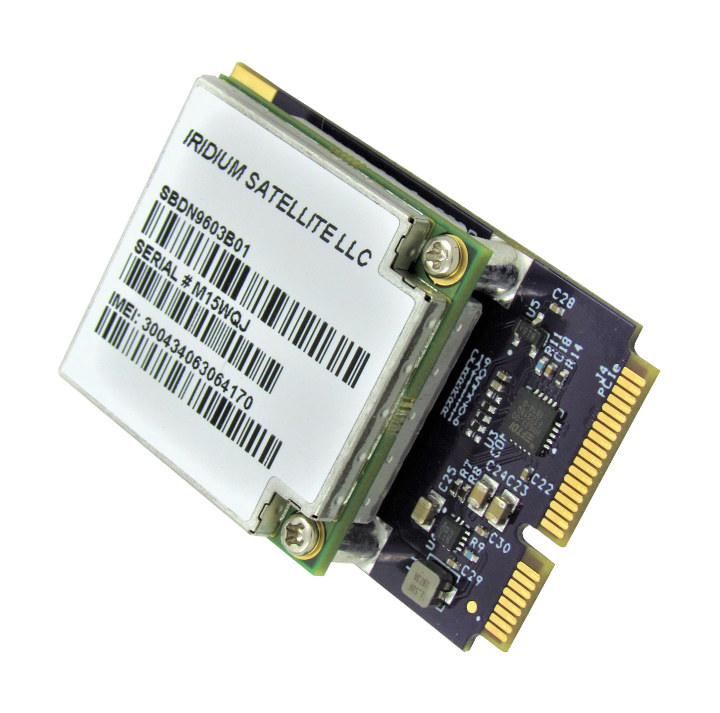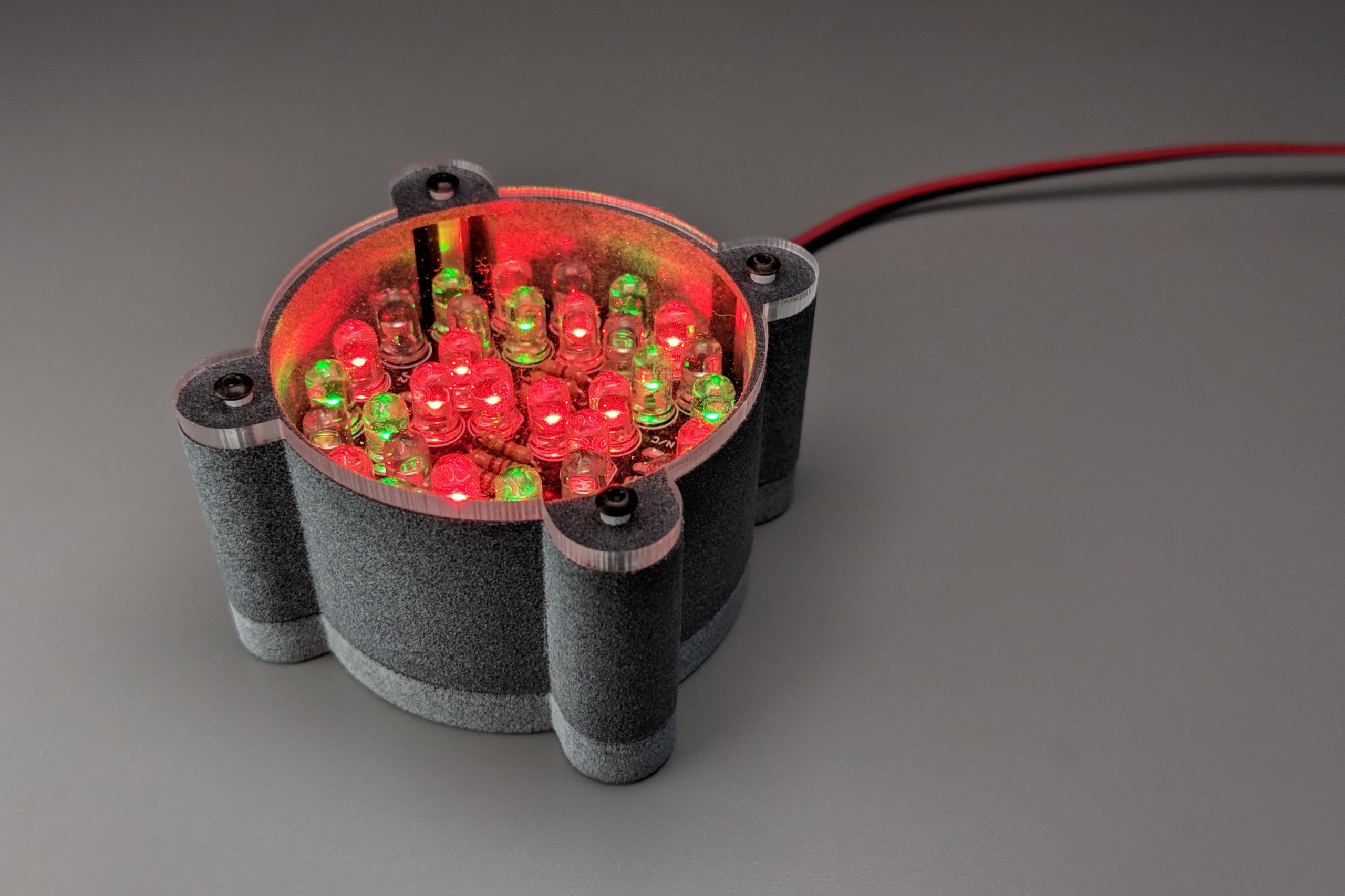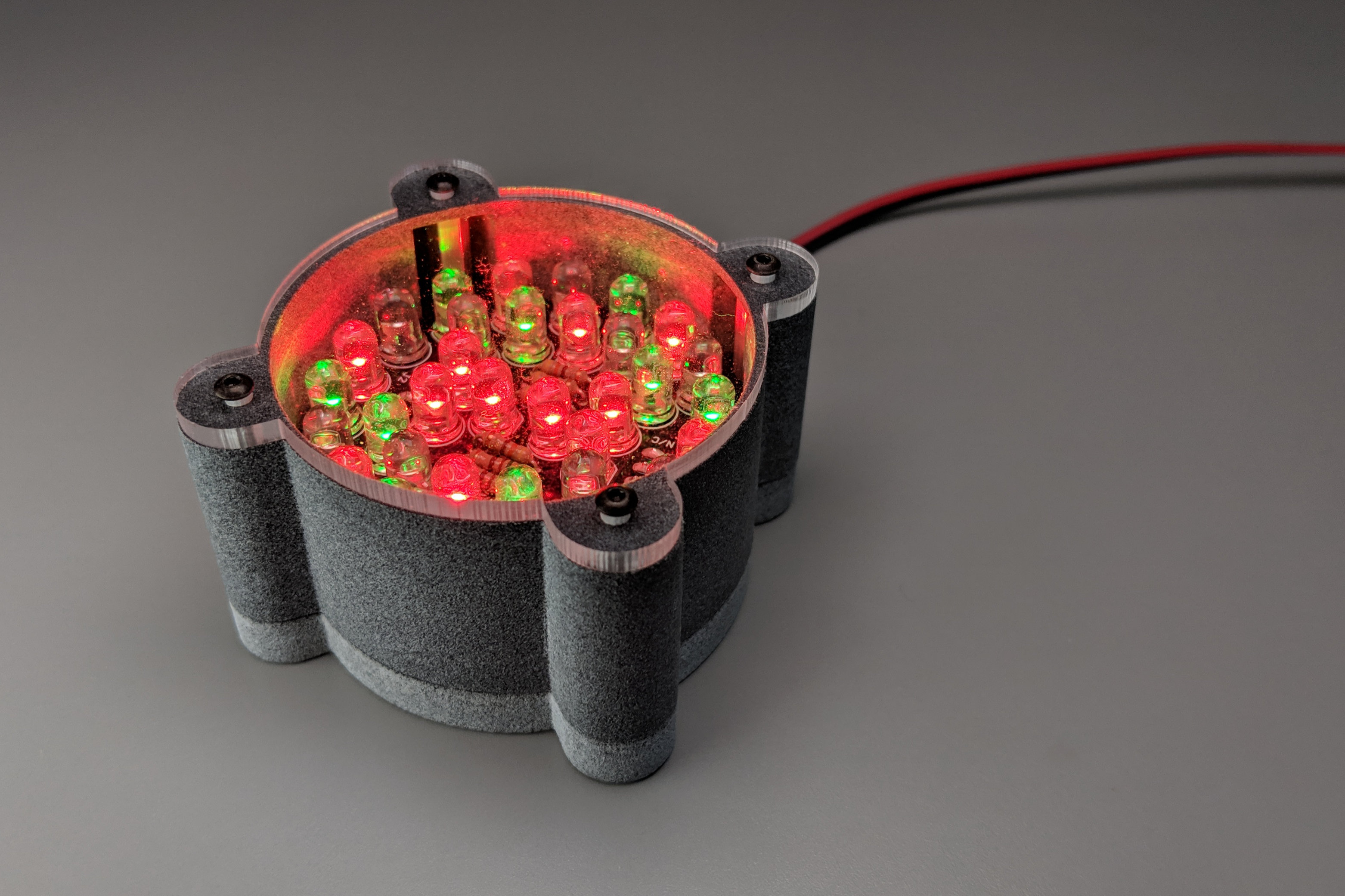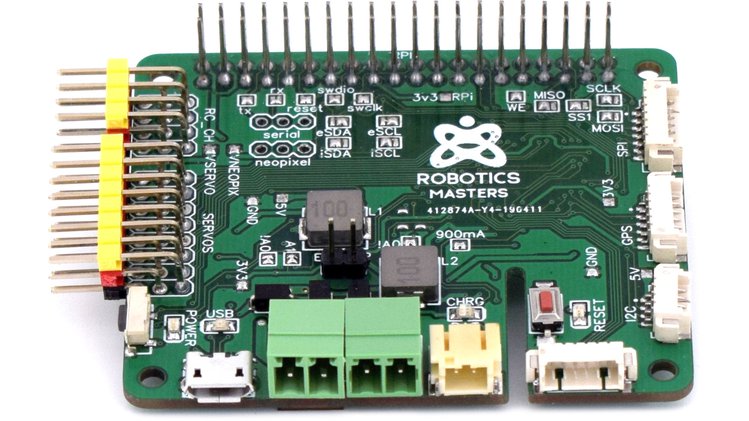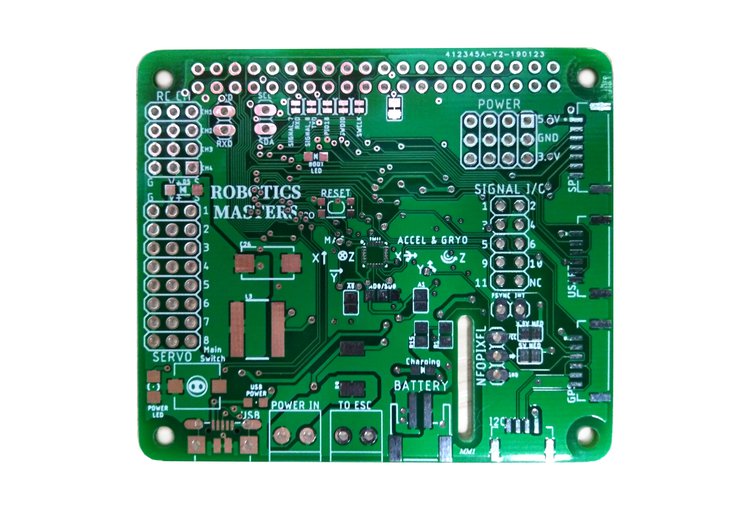The solution for gas, humidity and temperature sensing remotely from the main control board is now available worldwide through Sensirion’s distribution network.
Sensirion, the expert in environmental sensing, now offers a multi-gas, humidity and temperature module, the SVM30. The module facilitates product development and sensor integration while at the same time offering great flexibility for product design. The SVM30 is especially suitable for customers that prioritize lean development and products, and perfectly appropriate for small and medium-sized companies. Based on Sensirion’s experience and expertise in environmental sensing, the SVM30 is optimized for easy design-in and sensing performance. The SVM30 is a multi-gas, humidity and temperature sensor combo module containing an SGP30 gas sensor as well as an SHTC1 humidity and temperature sensor.
The SGP30 gas sensor combines multiple metal-oxide sensing elements – the pixels – on one chip, thereby offering the possibility of measuring a total VOC signal (tVOC) and a CO2 equivalent signal (CO2eq) with one single sensor chip. The SVM30 also offers calibrated air quality output signals as well as compensation of humidity cross-sensitivity. The gas sensing element features unmatched robustness against contamination by siloxanes present in real-world applications, enabling unique long-term stability and low drift. Furthermore, the integrated SHTC1 humidity and temperature sensor covers a humidity measurement range of 0 to 100% relative humidity (RH) and a temperature measurement range of -20 to 85°C with a typical accuracy of ±5% RH and ±1°C. The gas, humidity and temperature sensor components are designed with Sensirion’s proven CMOSens® Technology. This technology offers a complete sensor system on a single chip, including the sensing elements, analog and digital signal processing, A/D converter, calibration and data memory as well as a digital communication interface supporting the I2C standard mode. Sensirion’s state-of-the-art production process, including full calibration and testing of the sensors, guarantees high reproducibility and reliability.
The main application for the SVM30 sensor combo module is air purifiers, but it is also optimally suited for HVAC and other appliance products.
Learn more about the SVM30 at www.sensirion.com/svm30


